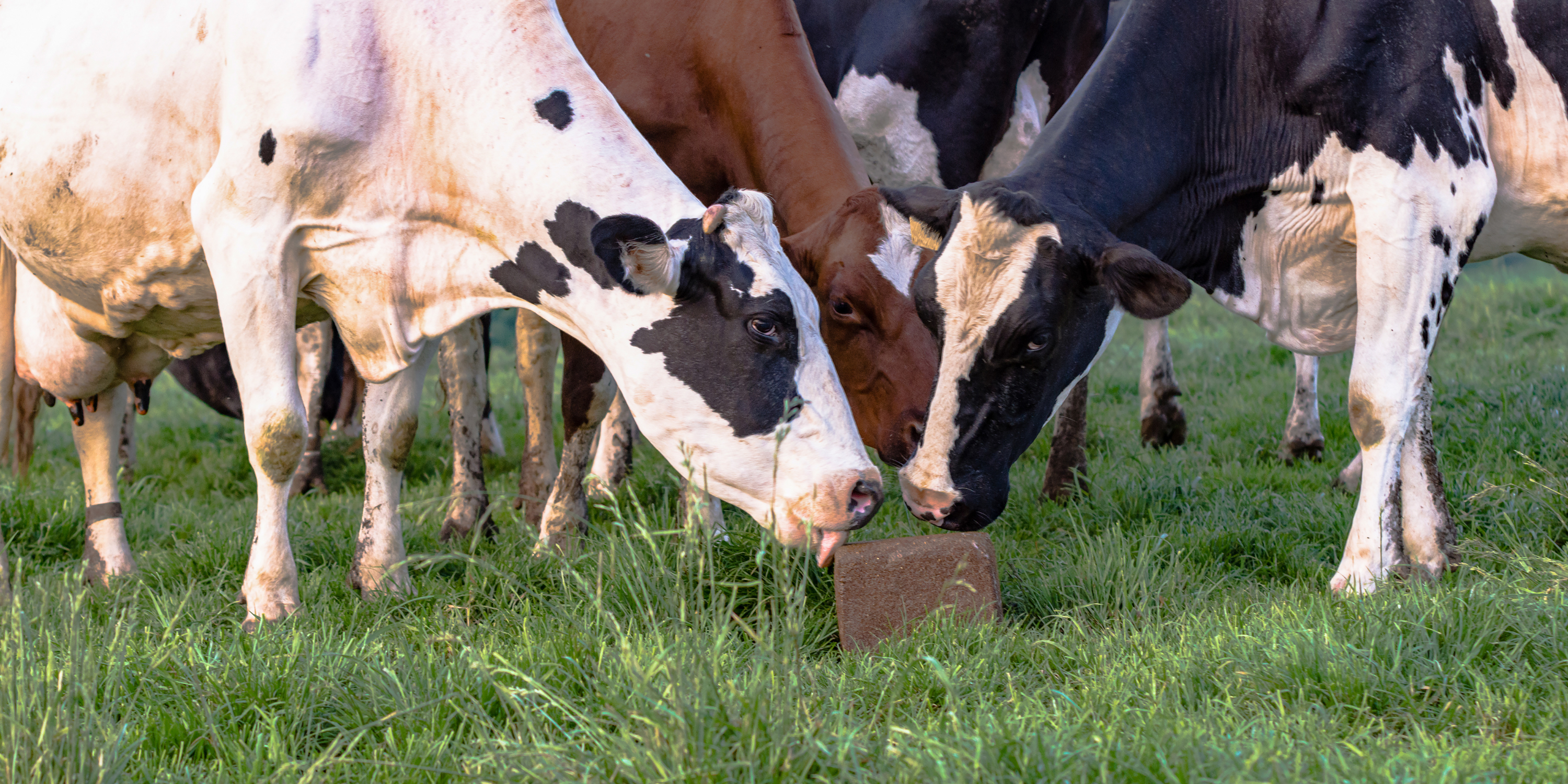
How to Adjust Mineral Supplementation for Cattle by Season and Age
Mineral supplementation isn’t a "set it and forget it" task. Just like pasture quality, weather patterns, and herd needs change throughout the year, so too should your mineral program.
Not only that — calves, growing heifers, mature cows, and bulls all have different mineral requirements at different stages of life.
Having a seasonal and age-based mineral supplementation schedule helps keep your cattle healthy, productive, and ready for whatever the year brings. Here's how to build a smart, flexible plan.
Seasonal Mineral Supplementation Schedule
Spring (March–May)
Challenges:
-
Rapid grass growth can lead to lush, low-magnesium forage.
-
Breeding season preparations begin (or are underway).
-
Increased moisture can leach key minerals from soil.
Focus Minerals:
-
Magnesium (prevent grass tetany)
-
Calcium & Phosphorus (for reproduction and skeletal health)
-
Copper & Selenium (for strong immunity and fertility)
Strategy:
-
Offer a high-magnesium mineral starting 2–3 weeks before turnout onto lush pastures.
-
Maintain access to a balanced breeding mineral mix rich in copper, selenium, and phosphorus.
Summer (June–August)
Challenges:
-
Heat stress reduces feed intake and water intake.
-
Pasture quality can decline.
-
Fly pressure and disease risk increase.
Focus Minerals:
-
Salt (encourage water consumption)
-
Potassium (support hydration and energy)
-
Zinc (promote hoof health and immune function)
Strategy:
-
Place minerals near shade or water to maintain intake.
-
Supplement with a high-salt, high-potassium mineral in extreme heat.
-
Ensure zinc and copper levels stay adequate to manage skin and hoof health.
Fall (September–November)
Challenges:
-
Transition to stockpiled forage or crop residue.
-
Cows preparing for winter and gestation demands.
-
Mineral deficiencies from dried or lower-quality forages.
Focus Minerals:
-
Phosphorus (support fetal development)
-
Vitamin A (boost immunity heading into winter)
-
Copper & Zinc (sustain reproductive health and immune response)
Strategy:
-
Switch to a high-phosphorus mineral for cows grazing on dry grasses or cornstalks.
-
Consider Vitamin A injections or high-Vitamin A minerals, especially if pasture is brown or dormant.
Winter (December–February)
Challenges:
-
Cold stress increases energy and mineral demands.
-
Hay quality often lower than fresh forage.
-
Calving season preparations (or calving underway).
Focus Minerals:
-
Calcium & Phosphorus (support late gestation and calving)
-
Magnesium (assist with muscle contractions during calving)
-
Vitamin E & Selenium (prevent white muscle disease in newborn calves)
Strategy:
-
Provide balanced late-gestation minerals 60 days before calving.
-
Supplement additional selenium and Vitamin E if local soils are deficient.
-
Ensure minerals are protected from weather — wet minerals lose palatability fast!
Mineral Needs by Cow Age & Stage
|
Cow Age/Stage |
Key Mineral Focus |
Notes |
|
Young calves (0–4 months) |
Copper, Zinc, Selenium, Vitamin E |
Critical for immune system and muscle development. May need creep feed minerals. |
|
Weaned calves / Growing heifers |
Calcium, Phosphorus, Zinc |
Support strong skeletal growth, reproductive development. |
|
Bred heifers |
Phosphorus, Magnesium, Copper |
Prepare for calving; prevent deficiencies that harm fertility. |
|
Mature cows (breeding age) |
Copper, Selenium, Phosphorus |
Focus on reproduction, fetal health, immunity. |
|
Dry cows |
Phosphorus, Magnesium, Vitamin A |
Late pregnancy support; prep for strong calf delivery. |
|
Bulls |
Zinc, Selenium, Vitamin E |
Support semen quality, stamina, and overall health. Higher trace mineral needs than cows. |
Adjusting Your Program
-
Monitor intake: Mineral consumption should match product recommendations (e.g., 2–4 oz per head per day).
-
Watch weather patterns: Wet years and droughts both change pasture mineral profiles.
-
Test forage and hay: Knowing your feed’s mineral content saves money and prevents over- or under-supplementation.
-
Consult a nutritionist: For large herds or high-value animals, fine-tuning a custom mineral program pays off.
Final Thoughts
A year-round mineral supplementation plan that accounts for both seasons and cow age/stage ensures your cattle are always getting what they need — no more, no less.
Healthy, well-mineralized cows mean:
-
Better fertility rates
-
Stronger calves
-
Improved weight gains
-
Lower vet bills
Start planning mineral shifts before the seasons change and adjust based on real-world observations. Your herd — and your wallet — will thank you.
Up next: Alternative Supplementation Options for Livestock: Beyond Mineral Tubs
Share


